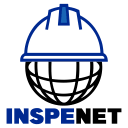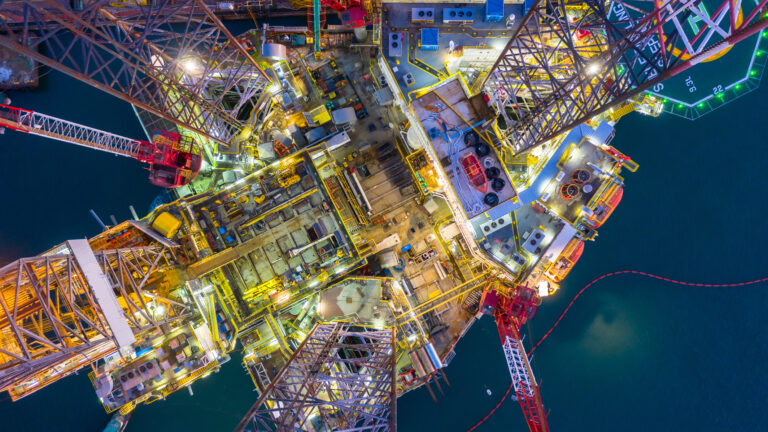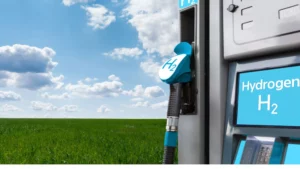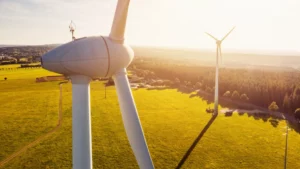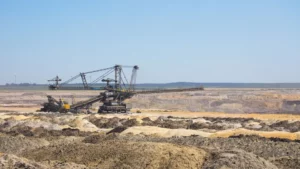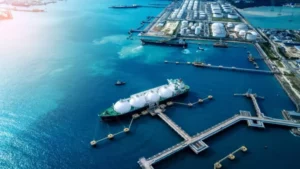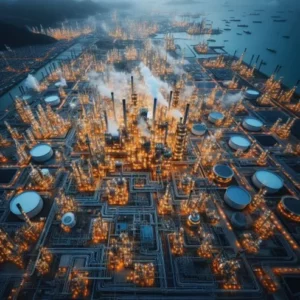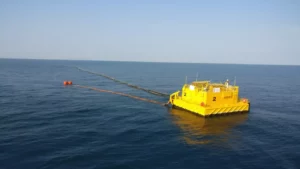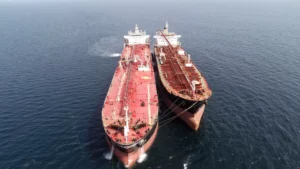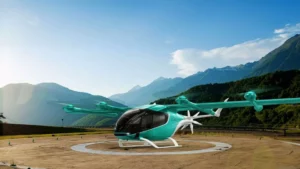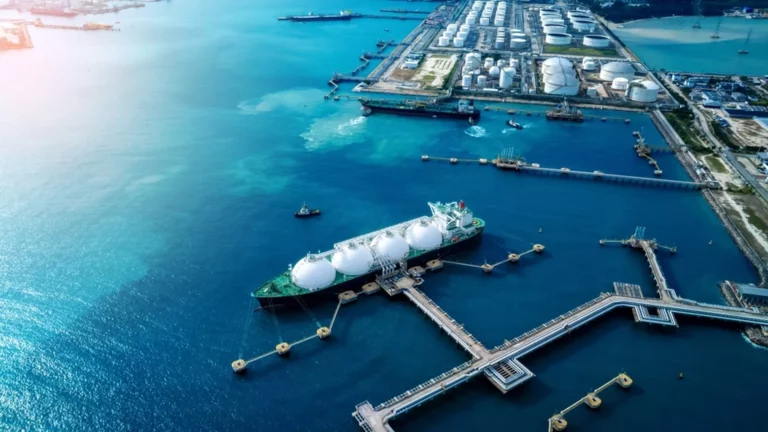Author Ing. Carlos Álvarez, July 2, 2023.
Introduction:
The safe and efficient design of platforms is covered by oceanographic engineering, which is a multidisciplinary discipline that focuses on the application of engineering principles in the study and sustainable use of the oceans and marine resources. This covers a wide range of study areas and uses, including the design, construction and maintenance of structures and systems in the marine environment. In this article, we will emphasize the importance of safe and efficient platform design for hydrocarbon exploration and production .
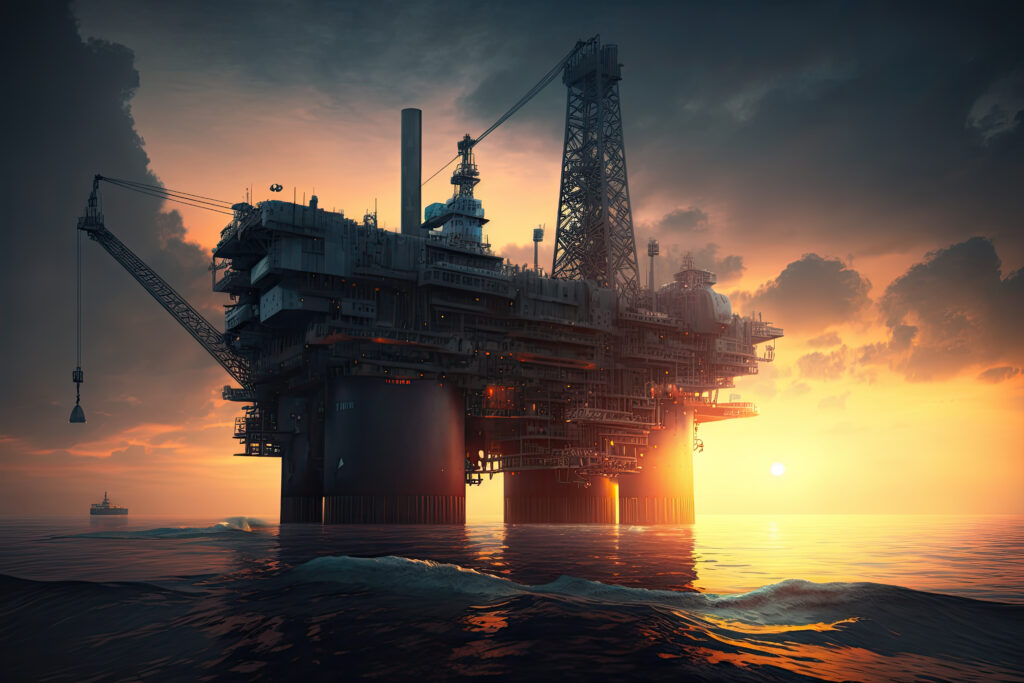
Oceanographic engineering areas.
Oceanographic engineering encompasses a wide range of study and application areas, including:
- Design and construction of marine structures: Refers to the design, construction and maintenance of structures such as ports, piers, breakwaters, oil platforms, offshore wind farms and coastal protection structures.
- Exploration and exploitation of marine resources: Involves the search for and extraction of marine resources, such as oil, gas, minerals and other energy and mineral resources.
- Marine Renewable Energy: Focuses on developing technologies to harness the energy potential of the oceans, such as offshore wind power, wave power, tidal power, and ocean thermal power.
- Environmental studies and marine conservation: Oceanographic engineering plays a crucial role in environmental impact assessment and in the design of mitigation and restoration measures in coastal and marine projects.
- Underwater Technologies: Oceanographic engineering develops technologies and equipment for underwater exploration and mapping, oceanographic observation, scientific research, and the operation of underwater vehicles and robots.
Considerations for the safe and efficient design of exploration and production platforms for natural resources.
For an optimal design of platforms used in exploration and production activities of natural resources such as oil and gas that guarantees a safer and more efficient future, the following must be considered.
I. Oceanographic Considerations: The conditions of the marine environment, such as currents, waves, wind and tides, play a crucial role in the design of oceanic platforms. Extensive studies are carried out to understand and predict these conditions, in order to design structures capable of safely withstanding them.
II. Marine geotechnics: The stability and load capacity of the sea floor are fundamental factors in the design of oceanic platforms. Through geotechnical investigations, the suitability of the sea floor is evaluated and the appropriate foundations and anchoring systems are selected to guarantee the stability of the platform.
III. Strength and Materials: Oceanic structures must be designed to withstand the loads and stresses associated with the marine environment. The action of waves, currents and winds pose significant challenges. Therefore, corrosion resistant materials are used and the durability of the structures in an aggressive marine environment is considered.
IV. Positioning Systems: Many ocean platforms require precise positioning systems to maintain their location and stability. Satellite positioning technologies and control techniques are used to ensure that the platform remains in its desired position, even in adverse conditions.
V. Sustainability and energy efficiency: The design of oceanic platforms must consider sustainability and energy efficiency. It seeks to reduce the environmental impact and optimize the use of energy resources. This implies the incorporation of renewable energies and the implementation of energy saving technologies to guarantee a more efficient and respectful operation with the environment.
SAW. Compliance with regulations and safety standards: The design of ocean platforms must comply with the regulations and safety standards established by the maritime and engineering authorities. Risk assessments are carried out and appropriate safety measures are implemented to protect people and the marine environment.
Conclusion:
Ocean engineering plays a vital role in advanced platform design for a safer and more efficient future. By considering factors such as oceanographic conditions, marine geotechnics, resistance and materials, positioning systems and sustainability, it is possible to develop robust and sustainable oceanic structures. These platforms enable a variety of applications, from natural resource exploration to renewable energy generation, thus driving progress in the marine environment in a safe and responsible manner.
Bibliographic references
1.MORE THAN ENGINEERING. Types of offshore structures and platforms; Consulted on June 27, 2023; https://masqueingenieria.com/blog/tipos-estructuras-offshore/
2. WORLD ENERGY TRADE. Offshore well design: production; Consulted on June 28, 2023; https://www.worldenergytrade.com/articulos-tecnicos/oil-gas-at/diseno-de-pozos-costa-afuera-produccion
3. PALMA BALBUENA, JUAN JOSÉ RICARDO. Construction procedure of drilling platforms for oil wells and solutions to problems caused by the El Niño phenomenon; Consulted on June 29, 2023; https://alicia.concytec.gob.pe/vufind/Record/UCVV_a301bac8cc661babd5872d85fb865a24
